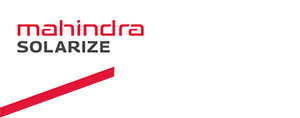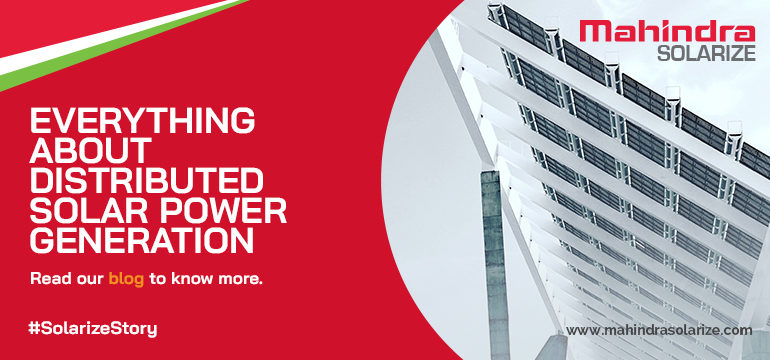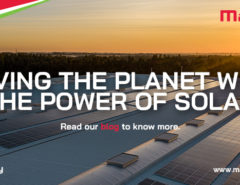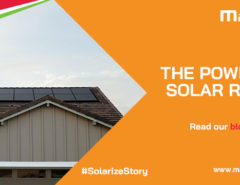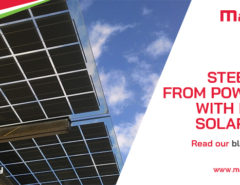Distributed solar power generation is an approach to provide solar energy resources by deploying tools and technologies in proximity to the end users of the power. The system for power generation can be installed on rooftops of houses and commercial buildings that will use the energy. This method is in contrast with centralized generation where solar electricity is produced by a large plant and then distributed to consumers through the power grid. Also, the surplus energy produced by individual owners (through solar) can be sold to the power companies.
Rooftop solar is rapidly gaining popularity in India compared to other forms of renewable energy sources as it is easily available and can be localized and customised according to the consumers’ needs. India’s cumulative solar rooftop installation capacity reached 4.4 GW by the end of 2019.
Standard Setup of Distributed Solar Power Generation System
Solar Panel
Depending on the location, the total solar irradiation at noon on a sunny day is about 0.8 – 2 KW, only 15-20% of which is converted by the solar panels into electricity. Thus, the polycrystalline or monocrystalline panels are installed on rooftops, open grounds or walls, with the front facing the sun, in order to produce sufficient amounts of energy in a day.
Mounting Structure
The mounting structure used for installing adds to the aesthetic of the unit. It is important to make sure that the mounting structure is secure and adheres to the local government regulations.
Storage Battery
Solar irradiation captured by the solar panels is stored in a series or parallel arrangement of batteries, which delivers electricity as per the load requirement. The number of batteries used and the capacity of each battery is calculated beforehand keeping in mind the 24 hours load pattern.
Charge Controller
The output of the panels varies with the variation in the solar irradiation. A charge controller functions as an interface between the storage batteries and the panels; it ensures that the deep cycle batteries are not overcharged during the day, and that the power doesn’t run backwards to the solar panels overnight and drain the batteries. The system has a Maximum Power Point Transfer (MPPT) as well as Pulse Width Modulation (PWM) controllers.
Inverter
Till this point the power is in direct current (DC) form, but the household outlets are in (Alternating Current) AC form. Here is where the inverter comes into the picture: it converts DC (Direct Current) of batteries to AC (Alternating Current) for use in the household circuits. The inverters normally have switching arrangements to control power flow to the load.
Advantages of Distributed Solar Power Systems
- Energy is produced without harmful waste
- Low cost option that affords more savings
- Minimum losses in transmission and distribution
- No need to used additional land
- Modular, decentralized and flexible systems
- Grid backup in case of emergency
- Easy to deploy
- Easy to maintain
- Less risk and more savings
- Creates job opportunities
Limitations and Considerations
- The system must be disconnected from the grid to ensure that the lines at another location do not become live during grid failure.
- A control system can eliminate this drawback. It supplies power from the batteries through the inverter when the national grid fails.
By installing distributed solar systems for your businesses and homes, you not only save money on electricity bills but also lower carbon emissions and contribute to creating a pollution free environment.
https://sinovoltaics.com/learning-center/basics/distributed-solar-power-generation/
